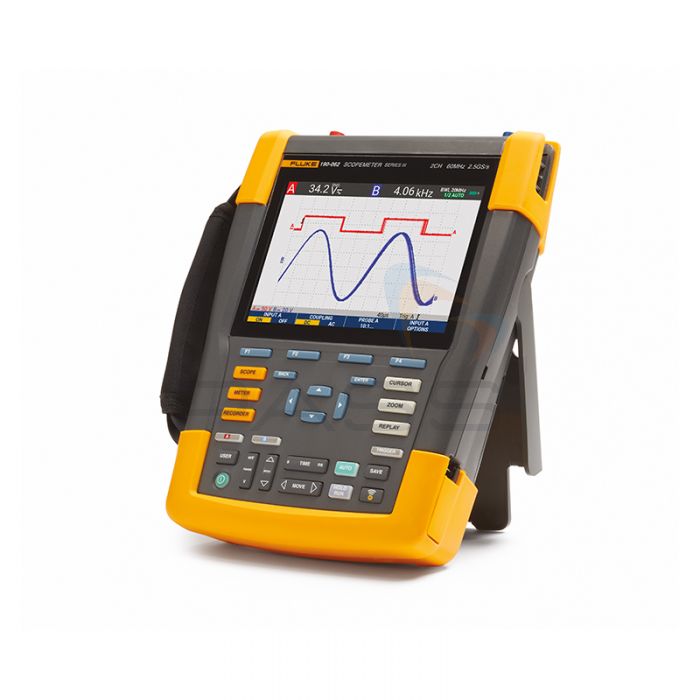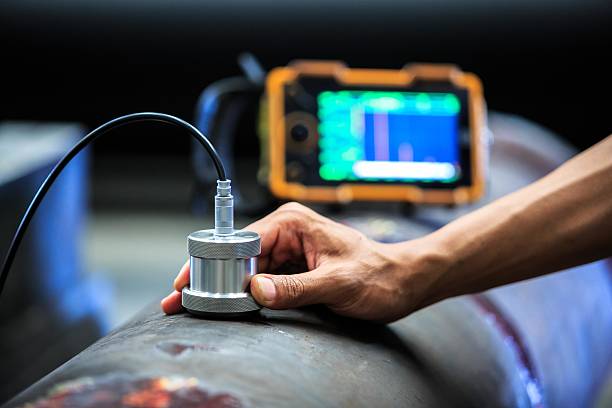
Signal Integrity Basics: Best Practices for Accurate Electronic Measurements
When working with sensitive electronic signals, small mistakes in setup or equipment choice can lead to big measurement errors. Whether you're designing high-speed circuits, debugging prototypes, or running diagnostic tests, signal integrity is essential for ensuring that what you're measuring reflects what’s actually happening in your circuit. In this guide, we’ll walk through the core concepts of signal integrity and how to maintain it using proper techniques and the right tools.
What Is Signal Integrity?
Signal integrity refers to the quality and reliability of electrical signals as they travel through a system. In an ideal world, signals retain their intended shape, timing, and amplitude. In reality, factors like noise, reflections, crosstalk, and improper grounding can distort these signals—especially at high frequencies—leading to misinterpretation or system failures.
The Foundations: Grounding and Shielding
Poor grounding and shielding are among the most common causes of signal degradation.
-
Grounding: Always maintain a low-impedance path to ground. Use short, wide traces for ground connections and ensure your test equipment shares a common ground with the system under test.
-
Shielding: Use coaxial cables or shielded probes to minimize electromagnetic interference (EMI). External sources like nearby switching power supplies or Wi-Fi modules can easily introduce noise.
Together, these practices reduce susceptibility to EMI and help maintain the original signal waveform during testing.
Probe Choice and Setup
Your choice of probe—and how you use it—can significantly affect signal accuracy.
-
Passive vs. Active Probes: Passive probes are common and cost-effective but can load the circuit, especially at high frequencies. Active probes offer higher bandwidth and lower loading but are more expensive.
-
Probe Grounding: Avoid long ground leads; they can act as antennas, picking up noise. Use ground spring adapters or probe tip accessories designed for minimal loop area.
-
Bandwidth Matching: Choose probes that match or exceed the bandwidth of your oscilloscope to avoid limiting the signal’s high-frequency components.
Explore our full range of Oscilloscopes & Accessories for tools that ensure accurate probing and measurement.
Impact of Test Equipment on Signal Fidelity
Even with perfect setup techniques, the quality of your equipment matters.
-
Oscilloscopes: Higher bandwidth and faster sampling rates result in better signal reproduction. Consider whether you need advanced triggering, memory depth, or protocol decoding based on your application.
-
Waveform Generators: Precision signal sources are key when injecting known signals into your system. Features like arbitrary waveform generation and low jitter performance help maintain test reliability. Browse our Waveform Generators to find options that suit your test scenarios.
-
Power Supplies: Poor power regulation introduces ripple and noise. A low-noise Power Supply with accurate current limiting and monitoring helps isolate true circuit behavior from power-related issues.
Additional Equipment That Supports Signal Integrity
Several tools play a supporting role in maintaining measurement accuracy:
-
Multimeters & Clamp Meters: While they don’t capture high-frequency signals, they help verify DC levels, current draw, and continuity before deeper diagnostics.
-
Current Clamps: Useful for measuring current flow without breaking the circuit, especially in systems sensitive to interference.
-
Analysers Recorders & Counters: Great for frequency and timing analysis, which often accompany signal integrity troubleshooting.
-
Accessories / Misc: Don’t overlook high-quality cables, adapters, and connectors. They often make or break a clean signal path.
Check out all these tools under our Electronic T&M section at TT Instruments.
Practical Tips for Better Measurements
-
Always match cable impedance (typically 50 or 75 ohms) to the system and instrument.
-
Use differential measurements where applicable to reject common-mode noise.
-
Keep signal paths as short as possible, and avoid routing sensitive signals near noisy digital lines.
-
Regularly calibrate your test gear to ensure long-term accuracy.
Maintaining Signal Fidelity Is a Systematic Effort
Signal integrity is more than just a test bench concern—it reflects how your entire system performs under real-world conditions. By understanding the basics of grounding, shielding, probe choice, and how test equipment characteristics impact signals, you can achieve cleaner measurements, faster debugging, and more robust designs.
At TT Instruments, we supply high-quality, calibrated test and measurement tools—from basic multimeters to advanced oscilloscopes and waveform generators—to help you maintain signal fidelity at every stage of your workflow.
FAQs
-
What is signal integrity and why is it important?
Signal integrity ensures that electrical signals maintain their intended shape and quality during transmission, which is critical for accurate testing and system performance. -
How does grounding affect signal integrity?
Proper grounding reduces noise and interference by providing a low-impedance path, minimizing distortion in measured signals. -
When should I use an active probe instead of a passive probe?
Active probes are ideal for high-frequency signals where loading effects of passive probes can distort the measurement. -
Why does the bandwidth of an oscilloscope matter?
The oscilloscope’s bandwidth determines its ability to accurately capture high-frequency components of the signal, preserving signal fidelity. -
How do waveform generators and power supplies impact test accuracy?
High-quality waveform generators provide clean, precise signals for testing, while low-noise power supplies prevent power-related distortions in your measurements.


